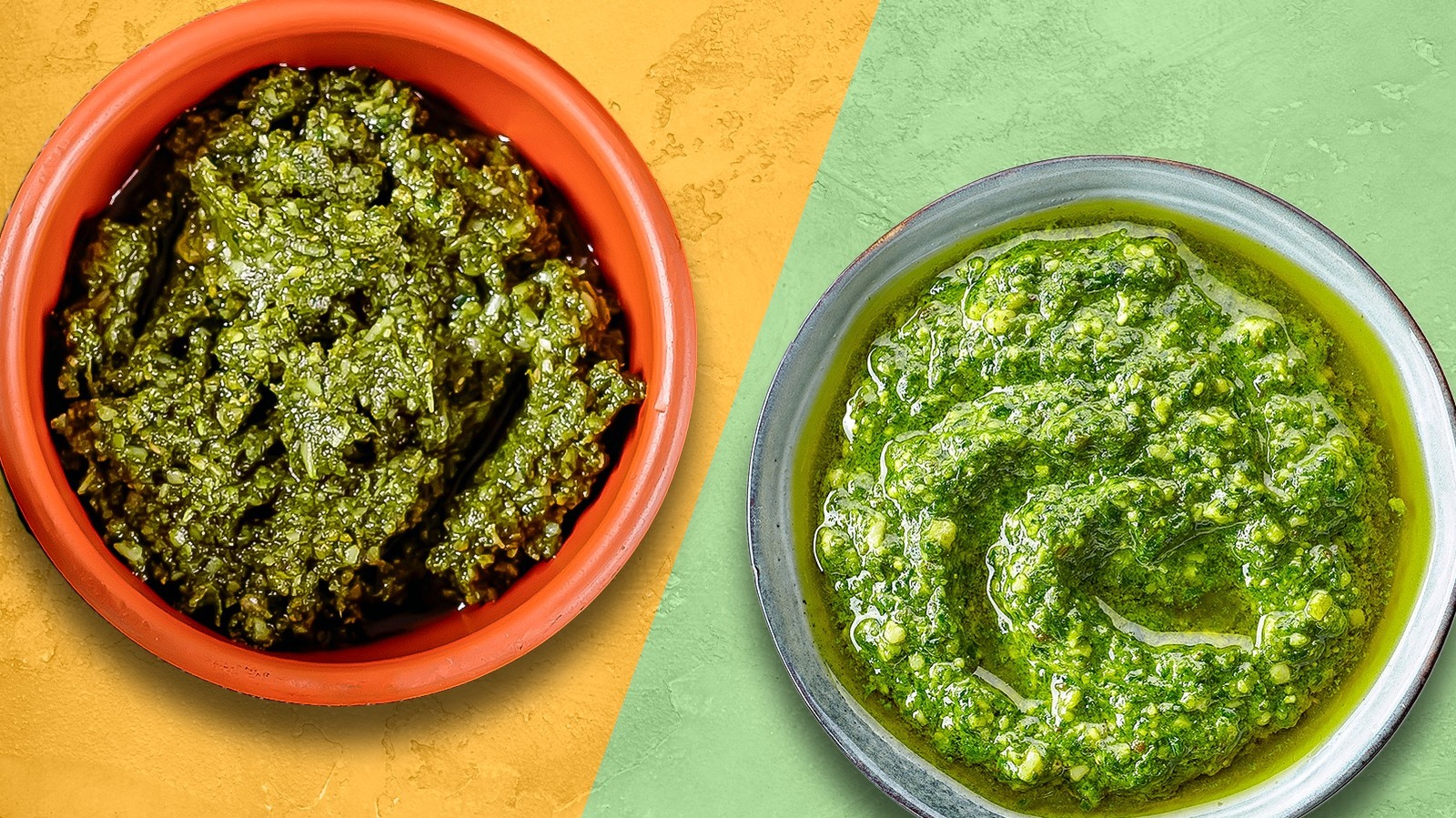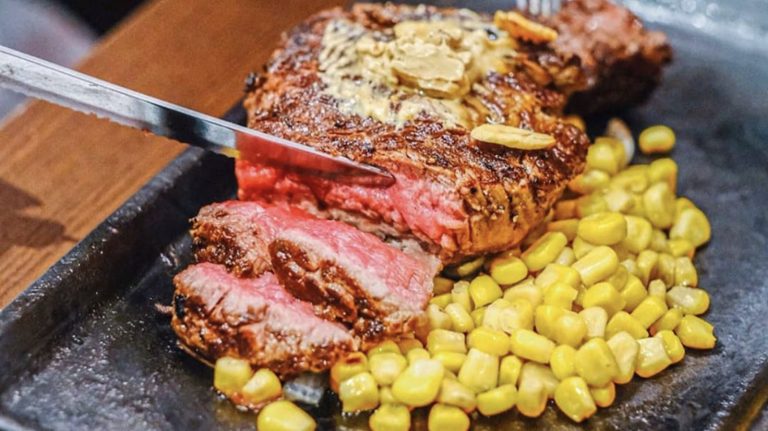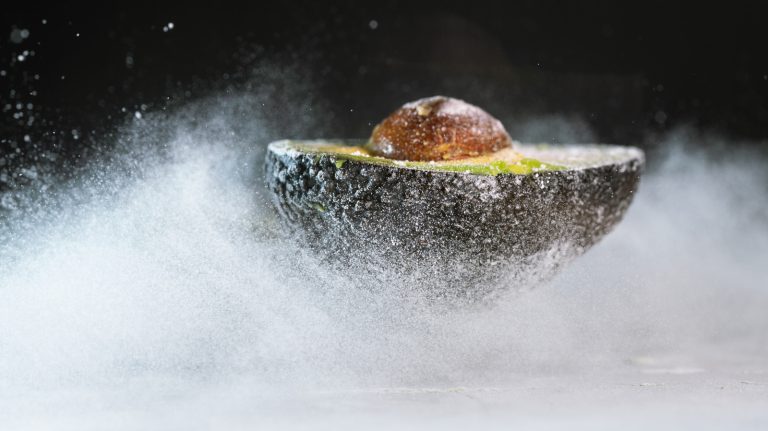Pesto gets a lot of attention. Whether it’s a classic basil pesto or a loosely adapted pesto made of kale and walnuts, the Italian sauce is well known and easy to find anywhere from restaurants to grocery store shelves. A strikingly similar condiment that gets much less attention, however, is the Provençal equivalent called pistou. The question is, what exactly differentiates the two?
In the simplest of terms, pistou is like the French cousin of Italian pesto as both sauces include basil and garlic that are pounded down with olive oil. The main difference between them is that while pesto includes pine nuts, pistou does not have any nuts in it. The omission of pine nuts in pistou has to do with the origins of the French sauce. Due to the lack of pine trees in the Provence region of France where the sauce comes from, there were no nuts available locally and therefore weren’t part of the ingredients list. Additionally, pistou doesn’t always contain cheese. Unlike pesto that includes parmesan, pistou may even swap in aged varieties like gruyere or gouda.
Both pistou and pesto rely on superior ingredients
Traditionally, both sauces are made in a similar manner, keeping all the ingredients raw to maintain their bright colors and flavors. While purists will insist that both pistou and pesto should only be made with a mortar and pestle, it’s completely acceptable to use a food processor or an immersion blender. Due to the simplicity of both sauces, however, the freshness of ingredients is paramount. Our favorite tips you need for making the best pesto also apply to preparing pistou, like using the highest quality extra-virgin olive oil so that the fruity and buttery flavors of the oil shine through in the sauce.
Pistou can be used as a sauce just like pesto, but it also finds a home in the traditional Provençal soup known as soupe au pistou, which can be compared to Italian minestrone soup. Made with aromatics, beans, and seasonal vegetables like haricot vert, tomato, and zucchini, the soup is hearty and emblematic of the French countryside. The rustic soup is then topped with a large dollop of pistou, which is typically swirled in as it’s eaten, lending an herbaceous lightness. Otherwise, you can try the sauce in our lemony spinach pistou lasagna recipe, or even use pistou as an unexpected sauce to elevate your salmon.






